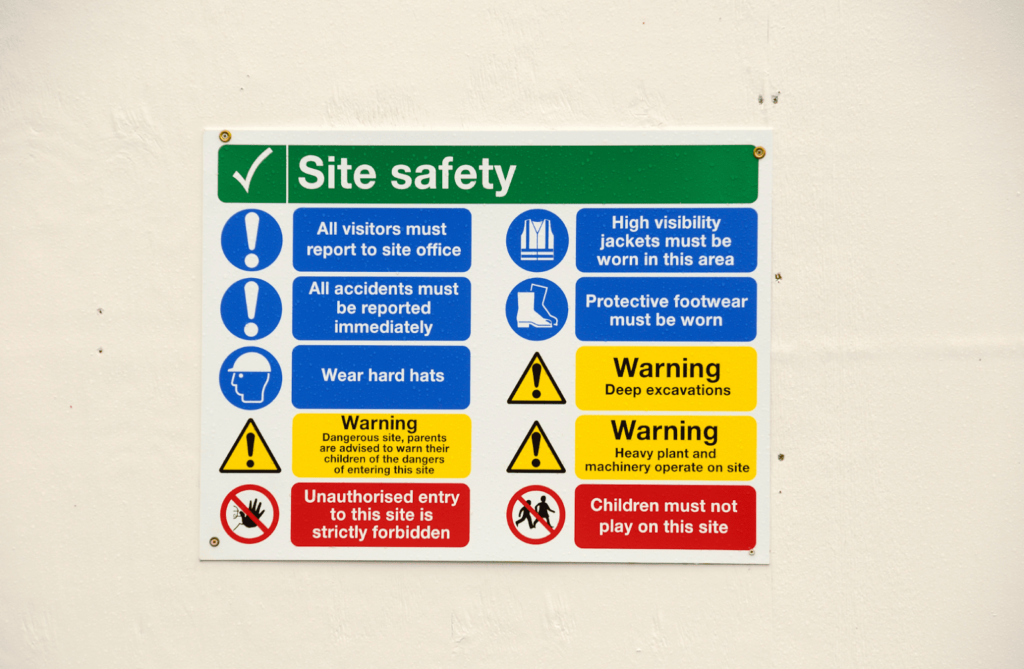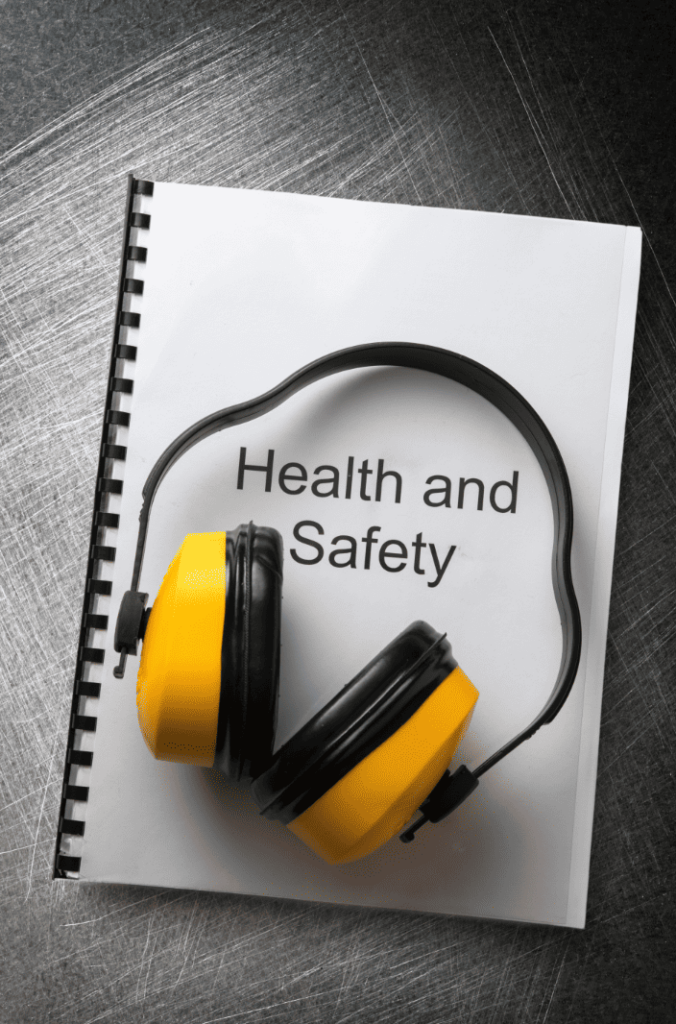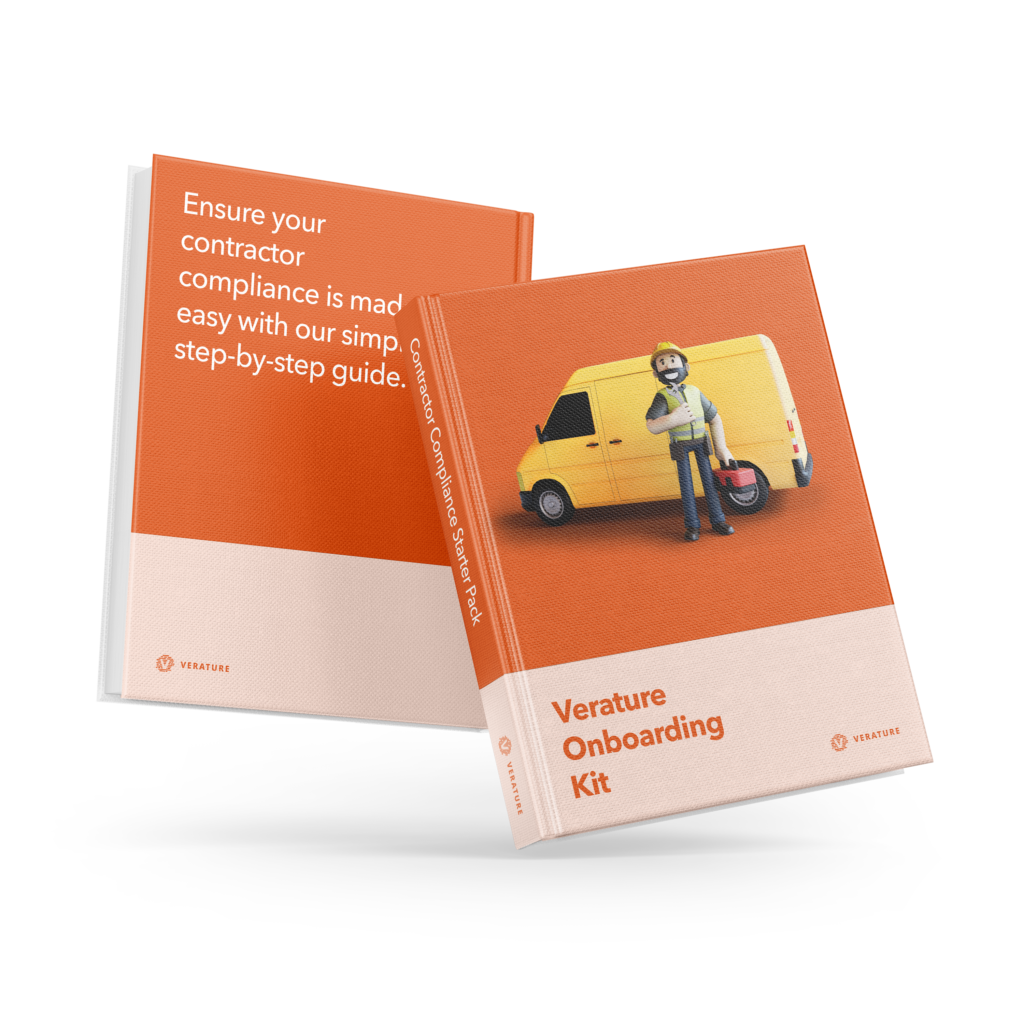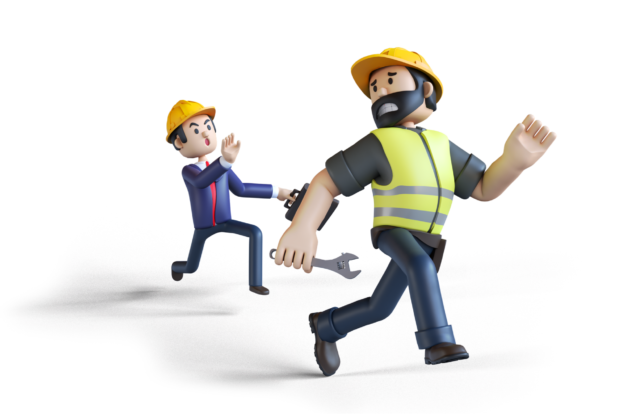- Why Verature?Find out why Verature is the best system for continuous contractor compliance.
- Arrive, Work & Stay Safe
- Removes Paper & Spreadsheets
- Tracks Key Contractors
- Instant 360 Visibility
- Contractor Management Dashboards
- Why Contractor Management Software
- Our Customer Reviews
- Pricing
We don’t hide behind fancy sales teams before we tell you, our prices.- Clients
See who we are working with and what they have to say about Verature.- Resources
Check out our blog, useful guides, whitepapers and product videos.- Prequalification and Induction Guide
- Contractor Compliance Guide
- Mini-Audit your Permit to Work System
- Health and Safety Audit Checklist
- Resource Library
- Blog
Book a demo
The Power of Health and Safety Audits in Enhancing Contractor Performance
Defining Health and Safety Audits
Health and safety audits are systematic evaluations of an organisation’s safety management systems and practices, specifically focusing on compliance with established health and safety standards. These audits play a crucial role in contractor management by ensuring that contractors adhere to safety protocols, regulations, and best practices. By conducting regular audits, organisations can identify potential hazards, assess the effectiveness of safety measures, and foster a culture of safety among all personnel involved.
The Role of Contractor Performance in Safety Standards
Contractor performance is critical in maintaining safety standards across various industries, including construction, manufacturing, and aviation. Contractors often work in high-risk environments where adherence to safety regulations is paramount. Their performance directly impacts not only their own safety but also the safety of other workers and the integrity of the project. Effective contractor management through health and safety audits ensures that contractors are held accountable for their actions and that they are equipped with the necessary knowledge and resources to perform their tasks safely.
Purpose of the Article
The purpose of this article is to explore how effective health and safety audits can enhance contractor performance, mitigate risks, and foster a culture of safety within organisations. By examining the objectives, methodologies, and regulatory frameworks surrounding health and safety audits, we aim to highlight their significance in improving overall workplace safety.
What Are Health and Safety Audits?
Health and safety audits are comprehensive evaluations designed to assess an organisation’s adherence to health and safety regulations and standards. The primary objectives of these audits include:
- Identifying Compliance Gaps: Audits help uncover areas where contractors may not be meeting regulatory requirements or internal safety policies.
- Assessing Risk Management Practices: Evaluating how effectively contractors manage risks associated with their operations.
- Improving Safety Culture: Promoting a proactive approach to safety by encouraging continuous improvement in health and safety practices.
Audits can be classified into two main types:
- Internal Audits: Conducted by an organisation’s own personnel to assess compliance with internal policies and procedures.
- External Audits: Performed by independent third parties to provide an objective evaluation of compliance with industry standards and regulations.
Regulatory Framework
The legal requirements for conducting regular health and safety audits vary across industries but are essential for ensuring compliance with local, national, and international regulations. Key points regarding the regulatory framework include:
- ISO 45001 Overview: ISO 45001 is the international standard for occupational health and safety management systems (OH&S). It provides a framework for organisations to manage risks and improve OH&S performance. The standard emphasises leadership commitment, worker participation, hazard identification, risk assessment, legal compliance, emergency planning, incident investigation, and continual improvement
- UK Adaptation: In the UK, the British Standards Institution (BSI) has published a national version known as BS EN ISO 45001:2023, which aligns with the international ISO 45001:2018 standard. This version was updated to reflect contemporary health and safety management trends while ensuring compliance with UK regulations
- Mandatory Audits: Many industries are required by law to conduct regular health and safety audits as part of their compliance obligations. This is particularly relevant in high-risk sectors such as construction, where regulations often dictate specific auditing frequencies.
- Documentation Requirements: Organisations must maintain detailed records of audit findings, corrective actions taken, and follow-up evaluations to demonstrate compliance during inspections or investigations.
By understanding these components of health and safety audits within the context of ISO 45001, organisations can leverage them to enhance contractor performance while maintaining a safe working environment.
The Benefits of Conducting Regular Health and Safety Audits
Proactive Hazard Identification
Regular health and safety audits play a crucial role in identifying potential hazards before they escalate into serious incidents. By systematically evaluating workplace conditions, organisations can uncover risks associated with equipment, processes, and employee behaviours. For example, in the construction industry, audits can reveal unsafe scaffolding practices or inadequate personal protective equipment (PPE) usage. Similarly, in manufacturing, audits might identify ergonomic hazards that could lead to musculoskeletal injuries. By addressing these issues proactively, organisations can implement corrective actions that enhance safety and prevent accidents.
Enhancing Compliance and Reducing Liability
Conducting regular health and safety audits ensures compliance with UK regulations, such as the Health and Safety at Work Act 1974 and associated regulations. These audits help organisations verify that they are adhering to legal requirements related to workplace safety, thereby reducing the risk of legal liabilities. Non-compliance can lead to severe consequences, including fines, legal action, and damage to reputation. For instance, failure to conduct adequate risk assessments or maintain proper safety documentation can result in penalties from the Health and Safety Executive (HSE). Regular audits provide a structured approach to compliance, helping organisations demonstrate their commitment to health and safety standards.
Building a Culture of Safety
Consistent auditing fosters a culture of safety among contractors and employees alike. When health and safety audits are integrated into the organisational routine, they signal to all personnel that safety is a priority. This proactive approach encourages contractors to take ownership of their safety practices and reinforces the importance of adhering to established protocols. Moreover, when employees see that their organisation is committed to maintaining high safety standards through regular audits, it boosts morale and productivity. A strong culture of safety not only enhances contractor performance but also contributes to overall workplace satisfaction.
Key Components of Effective Health and Safety Audits
Establishing Clear Audit Criteria
Defining specific criteria for evaluating contractor performance during health and safety audits is essential for ensuring thorough assessments. Key performance indicators (KPIs) related to safety—such as incident rates, training completion percentages, and compliance with safety protocols—should be established. These criteria provide a benchmark against which contractor performance can be measured, enabling organisations to identify areas for improvement effectively.
Standardised Audit Processes
A standardised approach to conducting health and safety audits is necessary to ensure consistency, fairness, and thoroughness. By implementing a structured audit process that includes checklists or evaluation forms tailored to the specific industry context, organisations can facilitate comprehensive assessments that cover all relevant aspects of health and safety management.
Engaging Stakeholders Throughout the Process
Involving contractors, management, and safety personnel in the audit process enhances collaboration and accountability. Engaging stakeholders ensures that all perspectives are considered during the audit, leading to more accurate evaluations and actionable insights. This collaborative approach also promotes transparency and fosters a shared commitment to improving health and safety practices across the organisation.
The Impact of Health and Safety Audits on Contractor Performance
Identifying Strengths and Weaknesses
Health and safety audits provide valuable insights into contractor performance by identifying strengths and weaknesses in their safety practices. For example, an audit may reveal that a contractor excels in training but lacks adequate emergency response procedures. These insights allow organisations to tailor their support for contractors by addressing specific areas needing improvement.
Driving Continuous Improvement Initiatives
The findings from health and safety audits inform action plans for continuous improvement initiatives within contractor operations. By setting clear objectives based on audit results, organisations can ensure that contractors are held accountable for enhancing their safety performance over time.
Enhancing Accountability and Transparency
Regular health and safety audits create a sense of accountability among contractors regarding their adherence to safety protocols. When contractors know they will be evaluated regularly, they are more likely to prioritise compliance with established safety measures. This increased accountability not only improves individual contractor performance but also contributes to a safer overall work environment.
Conclusion
In summary, health and safety audits are a powerful tool for enhancing contractor performance across various industries in the UK. This article has highlighted several key points regarding the importance of conducting regular audits.
We discussed how these audits proactively identify potential hazards, ensuring that risks are addressed before they lead to incidents. Regular audits also play a crucial role in enhancing compliance with health and safety regulations, thereby reducing legal liabilities for organisations. Furthermore, consistent auditing fosters a culture of safety among contractors, leading to improved morale and productivity.
By establishing clear audit criteria, standardising processes, and engaging stakeholders throughout the audit process, organisations can effectively evaluate contractor performance and drive continuous improvement initiatives. The insights gained from these audits enhance accountability and transparency, ultimately contributing to a safer working environment.
Take Charge of Your Safety Today!
To truly enhance contractor performance and ensure overall workplace safety, we encourage you to implement regular health and safety audits within your organisation. Consider using comprehensive contractor management software like Verature to streamline your auditing processes and maintain compliance effortlessly.
With Verature, you can automate your contractor management tasks, ensuring that all safety protocols are followed consistently. Experience the benefits of enhanced visibility, real-time compliance tracking, and improved collaboration with contractors.
Book a demo today to see if Verature is right for you! Visit Verature to schedule your demo and take the first step towards achieving a safer workplace!
Book a demoFind out if you’re ready with our Verature Onboarding Kit
Not sure if Verature is right for you? We understand it’s not easy to make a decision on a new system, but that’s why we’ve created our Onboarding Kit to make that that process simple.
Check our package details
Find out no matter what package you choose, you’ll be getting the best features you need for you and your team so you can have continuous contractor compliance.
Make it your own
You’ll get to see and choose your customisation options, and check out the available add-ons and extras so the system is exactly what you want and need.
Quickly getting you started.
Keeping this guide with you, and working closely with us, we can walk you through each step so you can be completely up and running with your own Verature system.
More reasons to use Verature
It’s easy to get started.
Step 1
Book a demo of Verature with the team.
Step 2
We’ll chat through your requirements and see if Verature is right for you.
Step 3
We’ll send you demo access and our onboarding kit to help you decide what you need.
Step 4
You decide if we’re right for you. No pushy sales calls.
Step 5
Like what you see and hear? Let’s get you onboarded with Verature!










